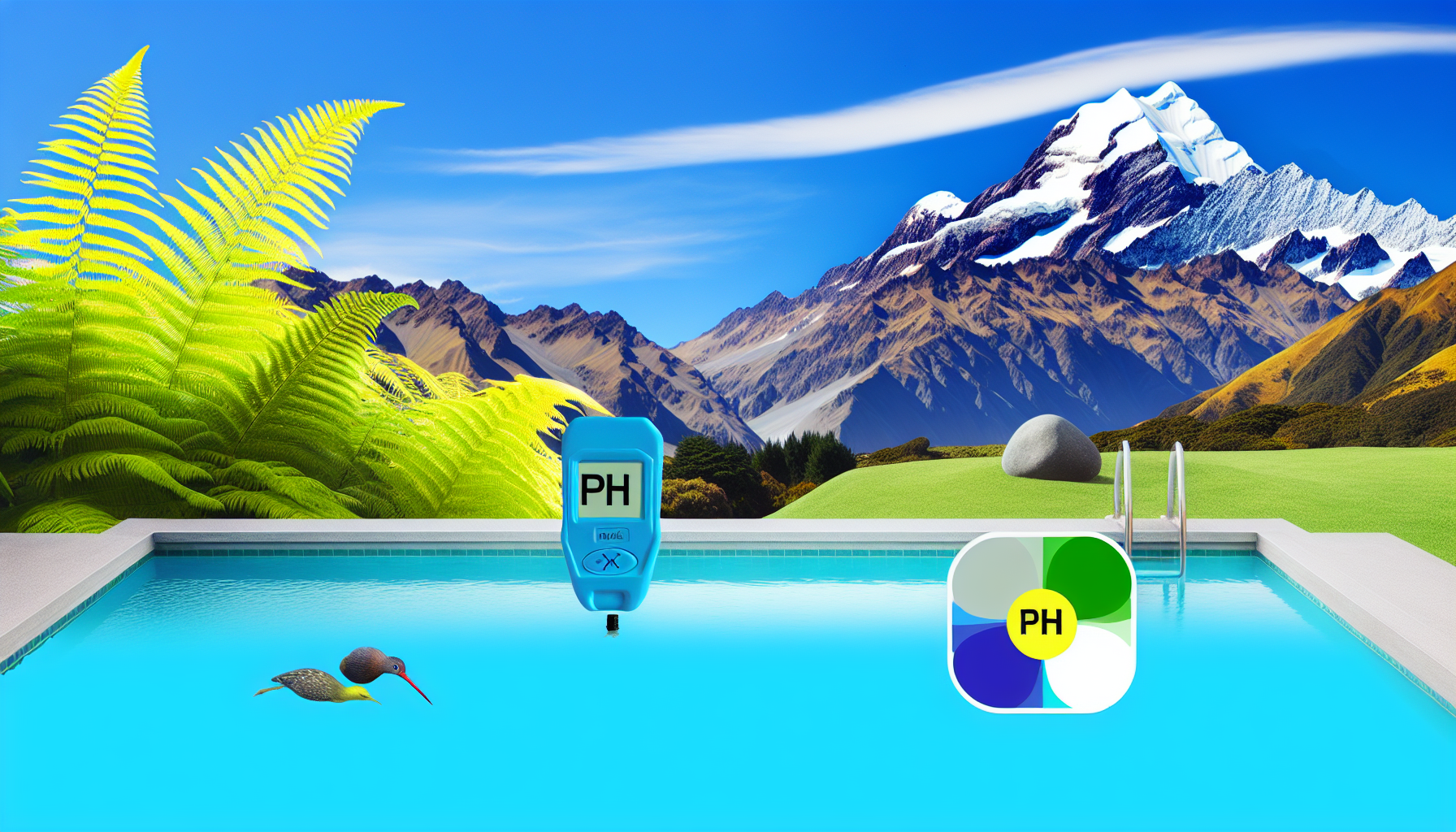Keeping your saltwater pool’s pH level in check isn’t just about water clarity—it’s about keeping everything running smoothly and making sure your pool stays comfortable to swim in. If your pH is off, things can go downhill pretty fast, from irritated eyes to damage to your pool’s surfaces and equipment.
The Ideal pH Level for a Saltwater Pool
For a saltwater pool, aim for a pH between 7.4 and 7.6. This is slightly on the alkaline side but still close enough to neutral that it won’t cause issues. If the pH creeps too high, your water can get cloudy, and you might start seeing calcium buildup. Let it drop too low, and you’re looking at corrosion and irritated skin.
Saltwater pools naturally tend to see their pH rise over time – that’s just how they work. So, regular checks are essential.
Why pH Levels Change in a Saltwater Pool
Saltwater systems use a chlorine generator (or salt chlorinator) to produce chlorine. This process naturally increases pH because one of the byproducts is sodium hydroxide, which is a high-pH compound.
Other things that push your pH levels around:
- Rainwater: Usually slightly acidic, so it can lower pH.
- Swimming activity: The more people splashing around, the more likely the pH will rise.
- Chemical additions: Adding chlorine, alkalinity boosters, or other treatments can shift pH.
Checking and Adjusting Your Pool’s pH
Keeping pH balanced isn’t hard—you just need to test regularly and make small adjustments as needed.
Step 1: Test the Water
Use a reliable test kit or digital tester (like the ones from Bunnings NZ or Pool & Spa Warehouse). Test at least twice a week, especially in summer when the pool is getting the most use.
Step 2: Lowering the pH (If It’s Too High)
If your pH is creeping above 7.6, you’ll need to bring it down. The go-to option here is pH Down (sodium bisulfate) or hydrochloric acid. Both are available from places like Para Rubber or your local pool shop.
How to do it:
- Follow the dose instructions on the product.
- Pour evenly around the pool.
- Run the pump for a few hours to circulate.
- Retest after a few hours and adjust as needed.
Step 3: Raising the pH (If It’s Too Low)
If your pH has dropped below 7.4, you need to bring it back up. Sodium carbonate (soda ash) is your best bet here.
How to do it:
- Sprinkle directly into the water.
- Let the pump run to help circulation.
- Test again in a few hours.
Extra Tips for Keeping pH Stable
- Keep your alkalinity in range: Aim for 80-120 ppm—this helps prevent pH from swinging wildly.
- Use aeration carefully: Water features, fountains, and high splashing can raise pH more quickly.
- Stay consistent with testing: Even if the water looks fine, test regularly to catch changes before they become a problem.
Final Thoughts
Keeping your pH in check makes your saltwater pool easier to maintain in the long run. Test it often, adjust it as needed, and don’t ignore small changes—they can turn into big headaches fast. If you need supplies, most major NZ retailers like Mitre 10 and specialist pool shops have everything you need to keep things balanced.


Leave a Reply